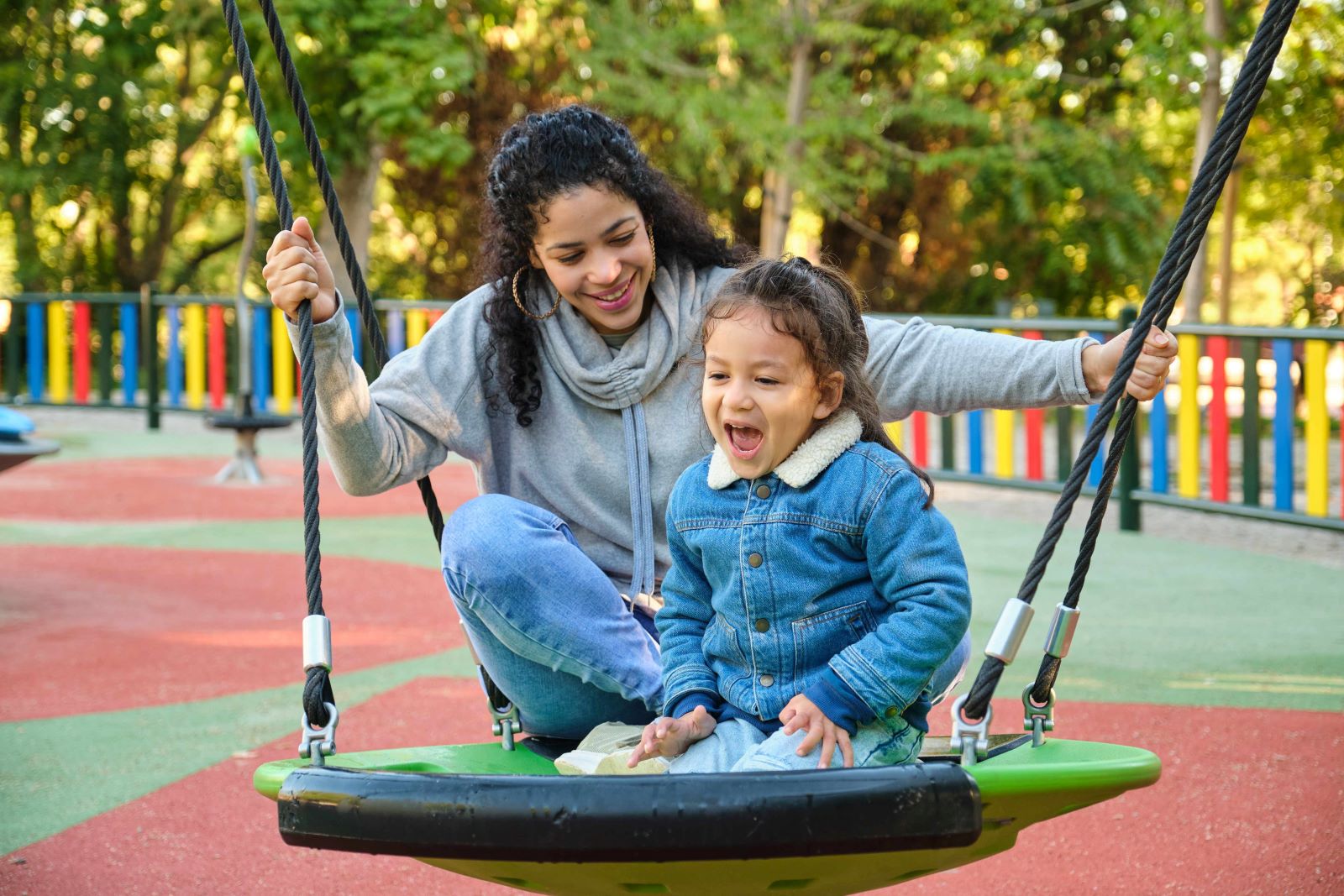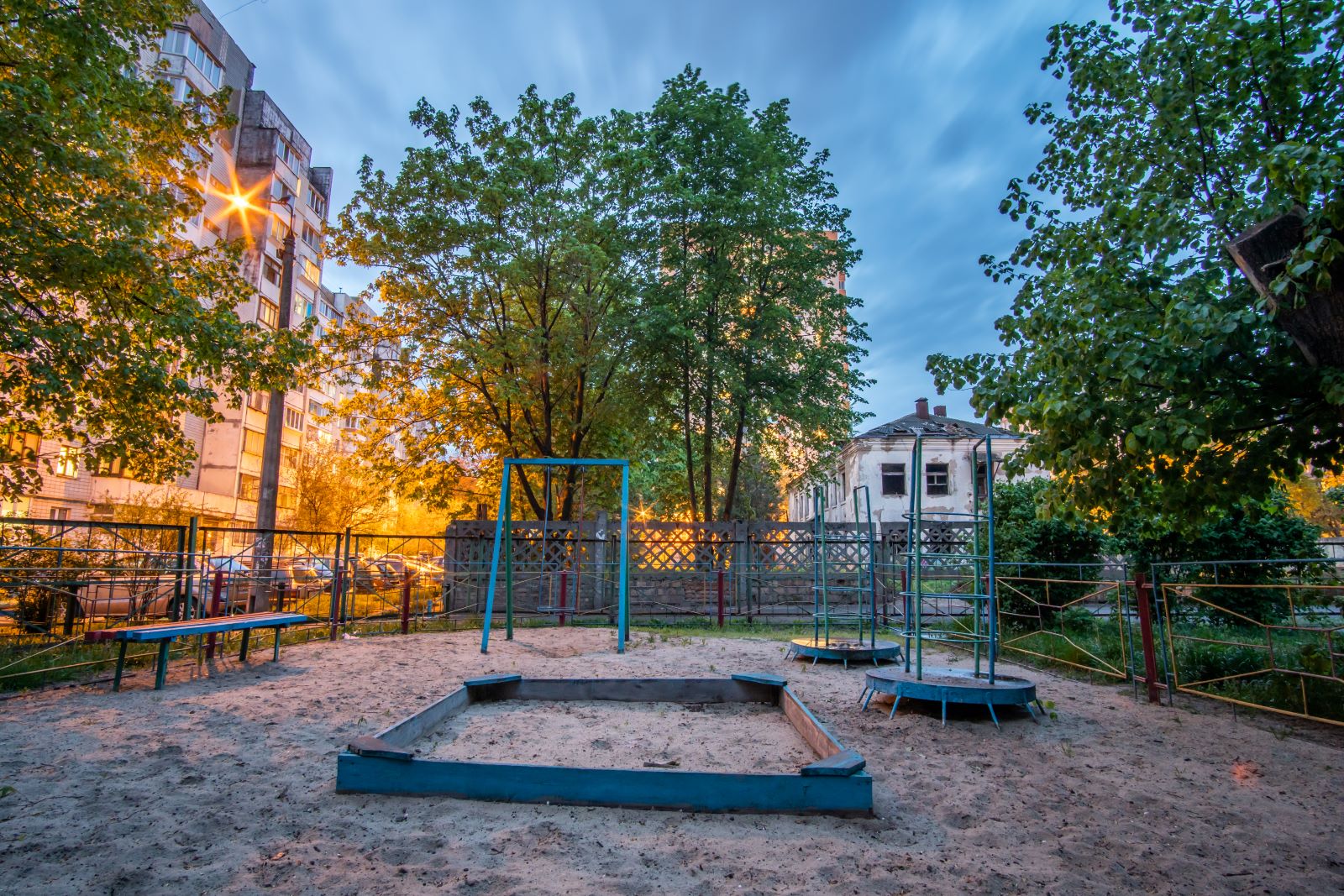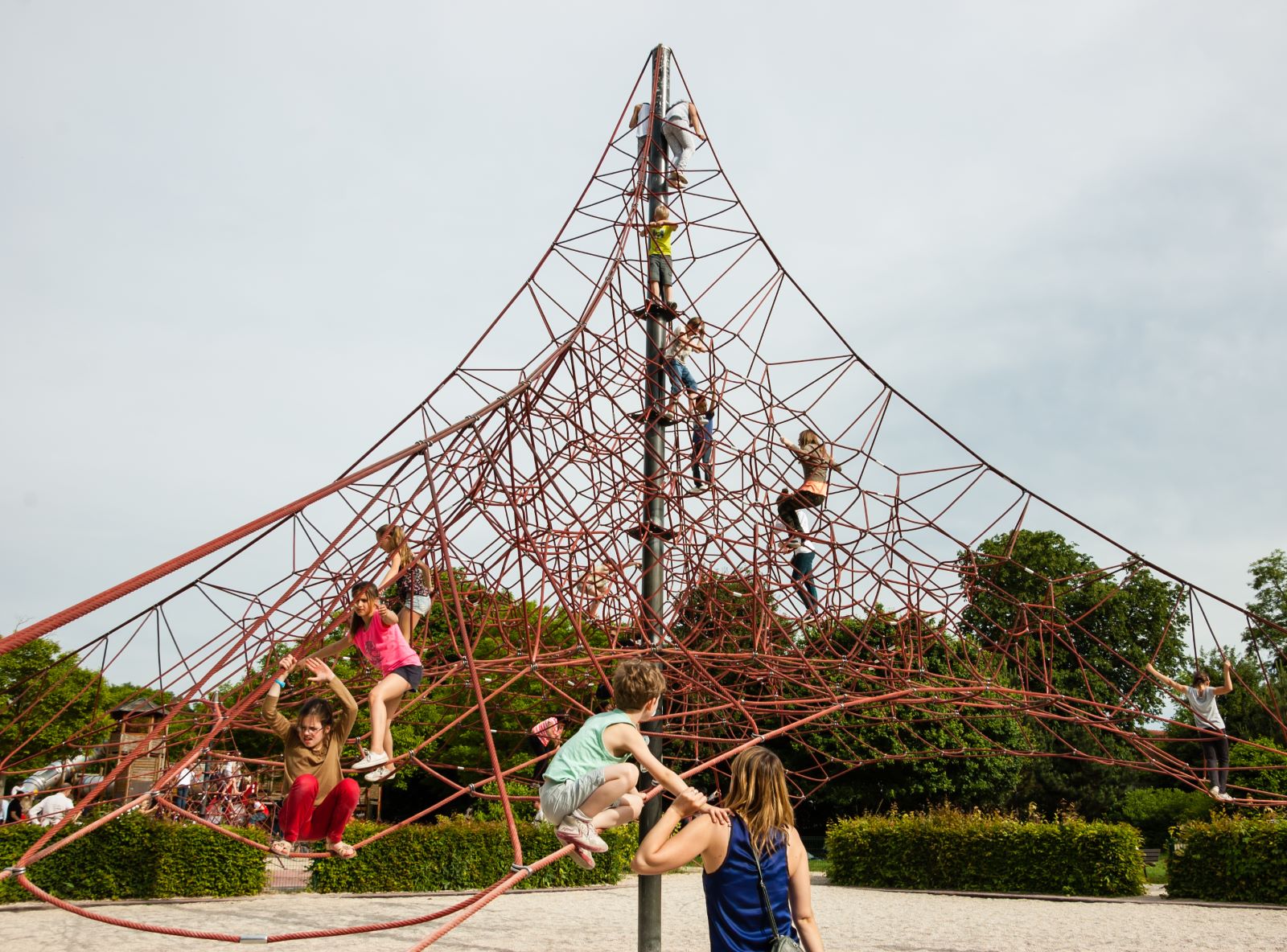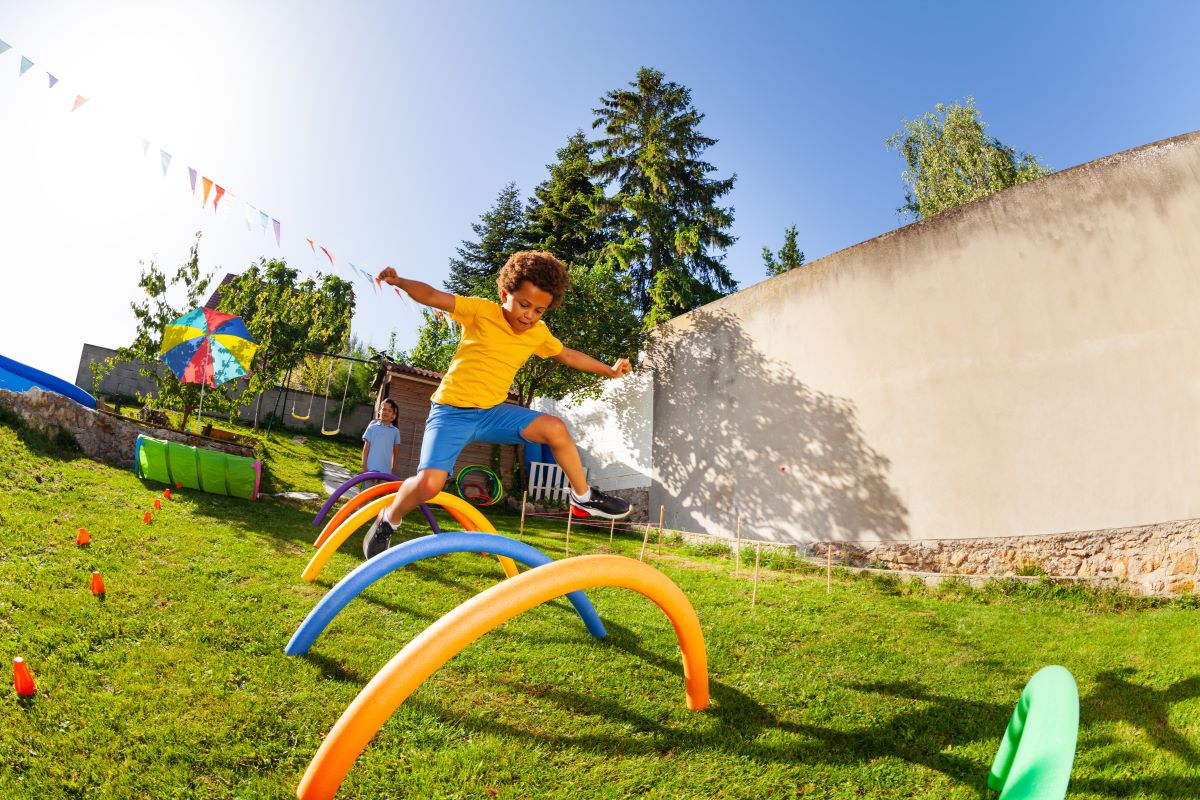Outdoor play is not just plain entertainment for children; it’s essential for their growth. A smart design can change any backyard into a fun space that promotes creativity, exercise, and brain development. By integrating safety features, interactive elements and nature, it becomes possible to design spaces that not only entertain, but also educate and engage children of all ages.
Designing for Safety

Security features take priority when it comes to creating play areas for kids. Both parents and architects should, therefore, only pick materials that are durable and safe. This helps in creating surfaces that prevent kids from falling or slipping. To avoid accidents, it is also important to incorporate smooth areas, rounded edges, and items that can be tightly fixed in one place.
Furthermore, including softer landscaping, such as grassy spots or rubber surfaces, can help cushion falls and encourage safe play. Ideally, equipment like swings and slides should also be placed far away from pools and car drive-throughs to prevent mishaps.
Interactive Play Structures
Recreational equipment is vital if you want to make the outdoors appealing and attractive to your kids. Adding climbing frames, slides, and swings can help children build physical strength and cognitive abilities. Moreover, structures that excite the imagination, like treehouses or fortresses, are super beneficial for mental development.
Googling ‘deck builder near me’ might help you land on a company that offers customizations in your area. This means you can work with an architect to build a deck and outdoor structures that can be adjusted as your children grow. Even when their interests change, you will be guaranteed an outdoor playground that remains engaging for years to come.
Zoning for Different Age Groups
Outdoor play zones are perfect for engaging kids of different ages in the same area. For toddlers, parents could add lower platforms, small playhouses, or gentle swings. On the other hand, older kids might enjoy tougher challenges like tall climbing walls or thrilling rope adventures. These additions not only help make play areas more functional but also allow parents to monitor all their children at the same time.
Incorporating Natural Elements
Incorporating nature into play encourages kids to explore the world around them. Wood, rocks, and water features can transform even the most barren space into a vibrant area. Planting native bushes and trees not only beautifies your space but also provides shade and attracts wildlife, fostering a hands-on and educational environment. Adding sand for tactile play or building a small garden are additional ways to promote knowledge of life cycles and farming.
Seasonal Adaptability

It’s crucial for playgrounds to guarantee fun throughout the year. Incorporating adaptable features that respond to changing weather conditions is, therefore, key. For colder months, you can construct sunny, sheltered spots to protect kids from the wind.
Alternatively, for warmer seasons, consider shaded areas or water play stations that can help keep children cool while they enjoy the outdoors. Additionally, movable elements like awnings or retractable covers can enable quick adjustments, ensuring comfort regardless of the season.
Integration of Sensory Play
Stimulation of the five senses is paramount to a child’s developmental journey. This can be achieved by introducing an assortment of textures, hues, and aromas simultaneously. Pathways constructed with materials like smooth stones, coarse barks, and soft grass encourage children to touch and feel different textures, promoting tactile awareness.
Additionally, the inclusion of visually stimulating elements, such as footsteps painted in vibrant colors or colorful plants, boosts visual perception. Employing a multi-sensory strategy when building a playground ensures that children are able to learn and grow at the same time.
Exploring Light and Shadow
Sun catchers, reflective surfaces, and structures designed to cast intricate shadows are just a few examples that enable sunlight to transform into an interactive spectacle for children. Exposure to visually stimulating elements keeps children hooked and sparks interest in science. Parents can use this as an opportunity to introduce older kids to fundamental concepts in physics and optics. Performing scientific experiments outdoors is another great way to promote learning and spark curiosity.
Conclusion

When architects and parents pay attention to safety, flexibility, and designs suitable for kids, they create play areas that evolve with changing needs while keeping the fun intact. The best part is that outdoor play allows children to develop cognitive skills while fostering a love for nature and wildlife.
The Building Engaging and Safe Outdoor Play Areas for Children post first appeared on Mama Say What.
Featured Image Credit: Shutterstock / Sergey Novikov.





